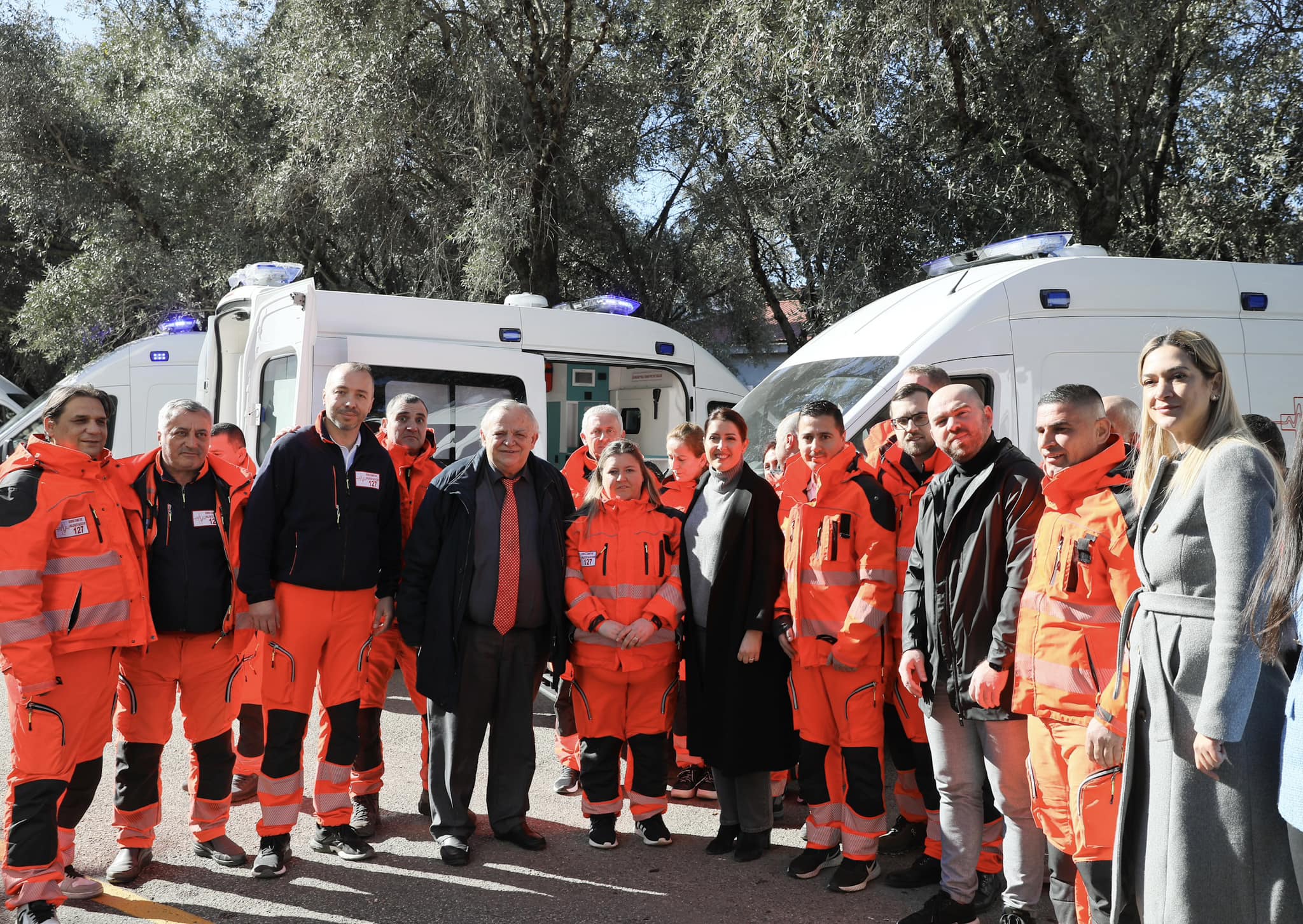More new ambulances fully-equipped with the latest technology and fitted to deal with emergency and trauma situations have been delivered to the National Emergency Service’s fleet this year to allow healthcare emergency service and paramedics deliver real-time adequate service to anyone who needs emergent health care all over the country.
The brand new vehicles best-fitted with life-saving equipment are the latest investment that will significantly reducing the ambulance response time to the emergency scene, as well as it will significantly improve quality of healthcare delivered to the citizens, serving not merely serving as a means of patient transport to the hospital, but as mobile mini-hospital to ensure and provide complete and adequate care and all sorts of services in cases of emergencies.
The National Emergency Service’s fleet has now been transformed from a fleet of outdated vehicles, which were used as taxi cabs, into a decent fleet fitted and equipped to deliver best European standards. The fleet is now fully operational, capable of providing a real time response to any emergency call and deliver 24/7 first aid treatment to patients in whole territory of Albania.
Prime minister Edi Rama visited Wednesday the National Medical Emergency Centre together with the Minister of Health and Social Protection Ogerta Manastirliu to see firsthand that add to the existing fleet.
Health Minister Ogerta Manastirliu said that expanding the ambulance fleet of the medical emergency service has been a top priority in the investments over the past years, in a bid to provide best emergency response throughout the territory of the country.
“We have significantly expanded the ambulance fleet of the national emergency service. Some 8 brand new ambulances have added to our fleet. Not only these ambulances will become fully operational starting tomorrow, but they will also improve care service delivered to citizens and will cut the response time. The ambulance response time has been actually halved since we committed to do so. These are C-type ambulances, practically equipped and best-fitted with all the equipment, including respirators, defibrillators. The ambulance fleet has expanded since 2018 and now has 110 vehicles. As many as 127 medical emergency centres are now operational all over the country. The Medical Emergency Service conducts more than 119,000 missions a year, with half of them outpatient and home care services and this approach has radically changed the service, as well as has increased the public trust in the emergency service,” Manastirliu said.
With the medical emergency service reorganized and with the Coordination Unit established, every service is now registered online and the response time is cut to only 15 minutes from 45 minutes previously, so the response time has been reduced by 30 minutes. Online medical consultation will be also provided for the very first time by a doctor at the coordination unit, which did not exist before.







